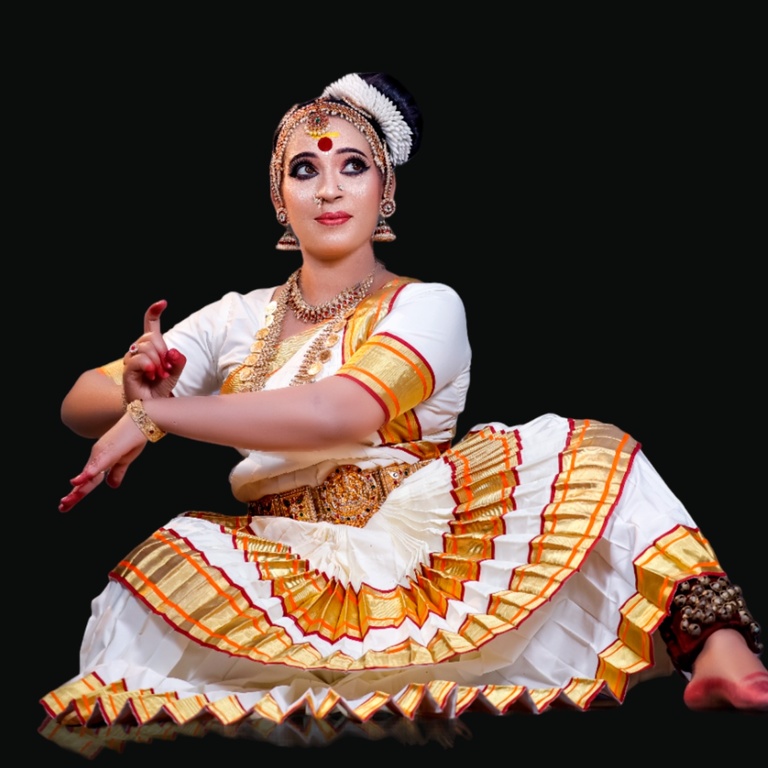

Mohiniyattam, one of the most graceful and enchanting classical dance forms of India. The dance form originated in the southern state of Kerala and has its roots in Hindu mythology. According to the legend, Lord Vishnu took on the form of Mohini, a beautiful enchantress, to retrieve the elixir of life from the Asuras (demons) and distribute it among the Gods.
Mohiniyattam was initially called Dasiattam as it was performed by Devdasis, the temple dancers of Kerala. Over time, it evolved into a sophisticated dance form with its own unique style, costume, and music. Mohiniyattam is known for its leisurely movements, graceful hip swaying, and mesmerising eye movements that captivate all who witness it.
The dance form became very popular during the reign of the Chera dynasty from the 9th to the 12th century. Mohiniyattam was performed in the temples of Kerala as a form of worship and later as a means of entertainment. The traditional costume of Mohiniyattam includes a white or off-white saree with gold borders and a matching blouse. The saree is draped in a unique style, and the dancer wears traditional jewellery and alluring makeup.

Today, Mohiniyattam is performed on stages and at cultural events across the world. The dance form has gained popularity among art lovers for its fluid movements and mesmerising music. People from around the world flock to Kerala to witness this charming performance.
In conclusion, Mohiniyattam is a beautiful and captivating dance form that has its roots in Hindu mythology and the temple culture of Kerala. Its unique style and graceful movements make it a true gem of Indian classical dance forms. We hope you enjoyed learning about Mohiniyattam and would love to see you witness this art form live someday.